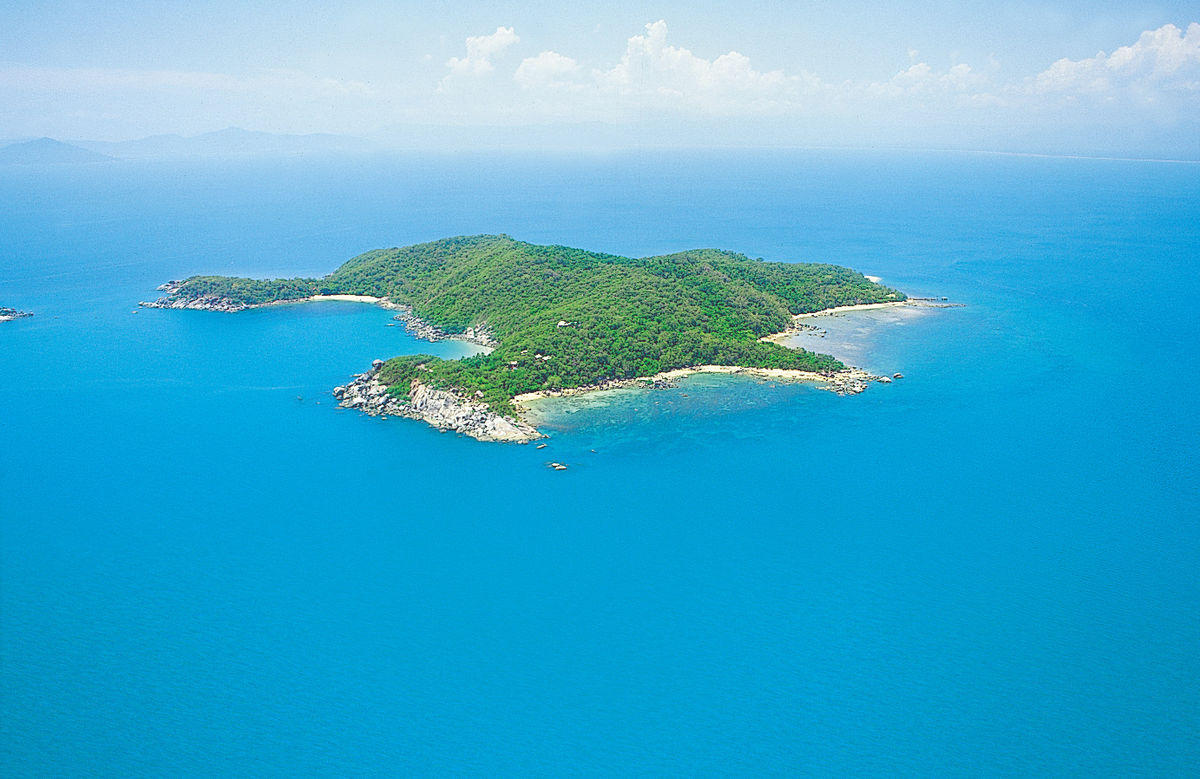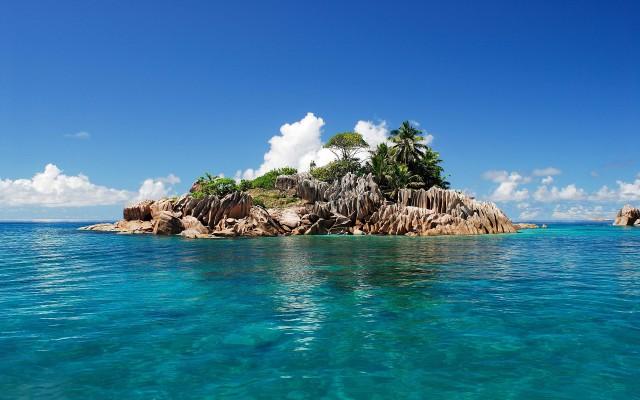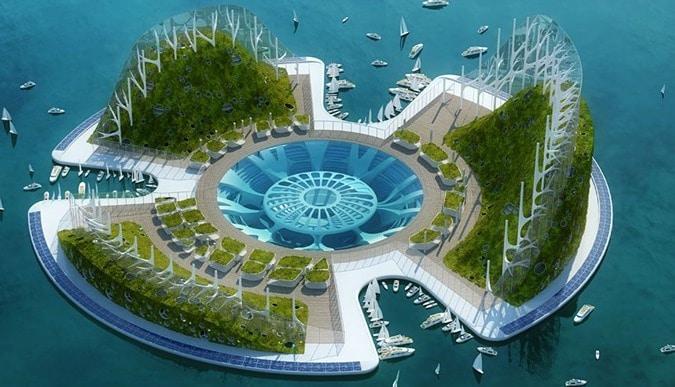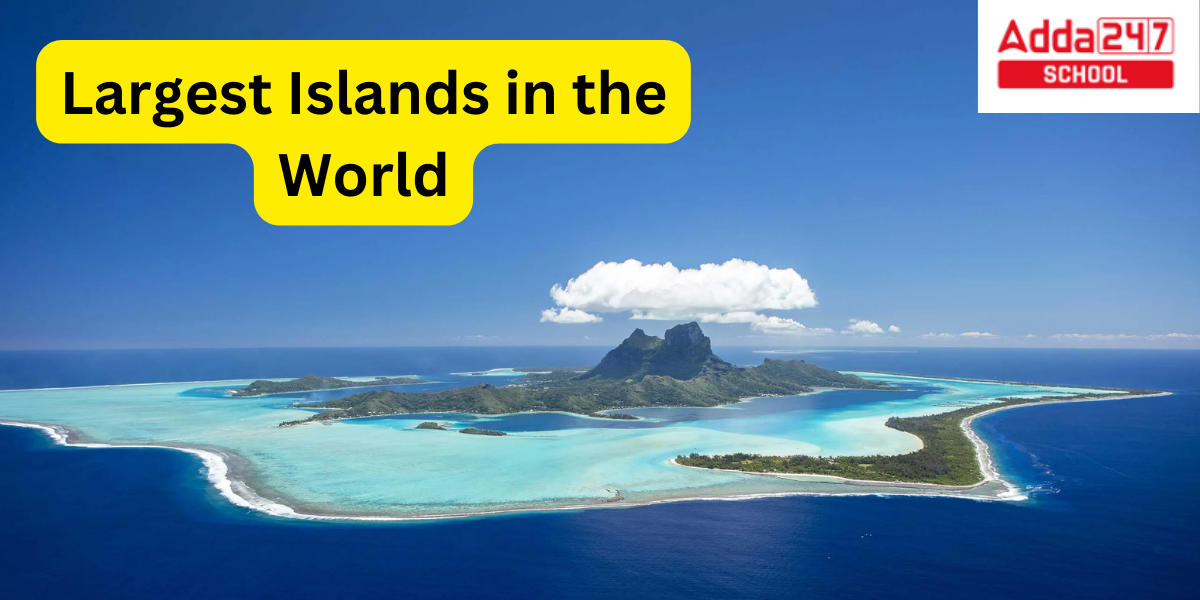Largest Island in the World
Largest Island in the World details are given here. There are numerous very big islands in the world, many of which are also countries. Although it is more frequently referred to as a continent, Australia is technically an island because it is not connected to any other piece of land. Australia is the smallest of the seven continents, measuring 2,969,976 square miles (7,692,202 square kilometers). But if viewed as an island, it is the biggest island in the world.
What is an Island?
Largest Island in the World: A portion of land that is isolated and surrounded by a very different habitat, such as water, is called an island (or isle). Islets, skerries, cays, or keys are terms used to describe very small islands, such as emergent land features on atolls. An eyot or ait is the name for an island in a river or lake, and a holm is the name for a tiny island off the shore. Chars are sedimentary islets in the Ganges delta. An archipelago is a collection of physically or geologically connected islands, such as the Philippines.
Neighbouring Countries of India, with Map and Their Capitals
Types of Islands
Oceanic and continental islands are the two main types of islands in the sea. There are also man-made islands that are artificial.
Continental Islands
Land masses known as continental islands are those that are located on a continent’s continental shelf. Examples include the Asian islands of Borneo, Java, Sumatra, Sakhalin, Taiwan, and Hainan; the Australian islands of New Guinea, Tasmania, and Kangaroo Island; the European islands of Ireland, Great Britain, and Sicily; the North American islands of Greenland, Newfoundland, Long Island, and Sable Island; and the South American islands of Barbados, the Falkland Islands, and Trinidad.

Oceanic Islands
Usually, islands that do not rest on continental shelves are referred to as oceanic islands. Some definitions restrict the phrase to solely referring to islands that have never been connected geologically to a continent. The great majority, like Saint Helena in the South Atlantic Ocean, are of volcanic origin. The few oceanic islands that are not volcanic are formed by tectonic movements, which raise the ocean floor above the surface. Examples are Macquarie Island in the South Pacific Ocean and the Saint Peter and Saint Paul Archipelago in the North Atlantic Ocean.

Artificial Islands
An artificial island is one that has been created by humans as opposed to emerging naturally. Artificial islands can range in size from tiny islets that have been reclaimed merely to support a single pillar of a building or structure to those that are large enough to support entire cities and villages. Early man-made islands comprised floating buildings in calm waters and structures made of wood or megalithic material built in shallow waters.

Largest/ Biggest Islands in the World List
On the basis of land mass, these are the 10 largest (non-Australian) largest island in the world:
Largest Island in the World: Greenland (2,166,086 sq km)
Greenland, which is three times the size of Texas, is the largest island in the World. It is a part of Denmark, but its domestic issues are handled by a home-rule government. Its inhabitants are mostly Inuit.
2. New Guinea (821,400 sq km)
The Fly-Digul shelf and surrounding highlands of New Guinea are among the wettest areas on Earth and one of the least populated due to the region’s annual rainfall of more than 300 inches.
3. Borneo (748,168 sq km)
Borneo, which is covered in a thick rainforest, is home to some of the most unique plants and animals on earth, including the largest flower in the world, the monster flower (Rafflesia arnoldii).
4. Madagascar (587,295 sq km)
Just 250 miles off the coast of Africa, Madagascar is home to a variety of rare animals, including 800 kinds of butterflies and approximately 40 species of lemurs (all lemur species are native to Madagascar).
5. Baffin (507,451 sq km)
Baffin, Canada’s largest island and part of the northern region of Nunavut, has the name of an English navigator from the 17th century, William Baffin. With the exception of a few tiny coastal towns, it is uninhabited.
Western Ghats Biodiversity, States, Mountain and Highest Peak
6. Sumatra (443,066 sq km)
The three national parks in Sumatra—Mount Leuser, Kerinci Seblat, and Bukit Barisan Selatan—the second-largest of the Greater Sunda Islands of the Malay Archipelago—were collectively named a UNESCO World Heritage site in 2004.
7. Honshu (227,898 sq km)
Honshu, the largest of Japan’s four main islands, is home to Lake Biwa, the country’s largest lake, and Mount Fuji, the tallest mountain in the country.
8. Victoria Island (217,291 sq km)
The largest island within an island within an island is found on this body, which is part of the Canadian Arctic Archipelago.
9. Great Britain (209,331 sq km)
Wales, Scotland, and England make up Great Britain. It is a component of the United Kingdom, which is also made up of a number of smaller outlying islands and Northern Ireland.
10. Ellesmere (196,236 sq km)
This lonely island in the Canadian Arctic Archipelago was named in 1852 in honour of Francis Egerton, 1st Earl of Ellesmere, and is thought to have been visited by Vikings in the tenth century.
Also Read:









 CUET UG Final Answer Key 2025 Revised, D...
CUET UG Final Answer Key 2025 Revised, D...
 DU Cut off 2025, Delhi University Expect...
DU Cut off 2025, Delhi University Expect...
 OUAT Result 2025 OUT @ouat.nic.in: Check...
OUAT Result 2025 OUT @ouat.nic.in: Check...









